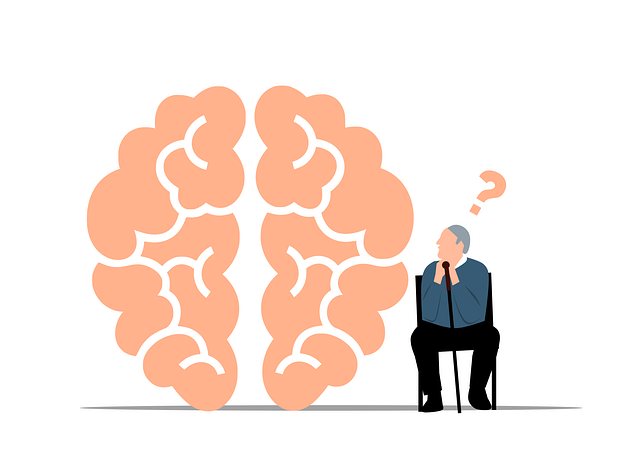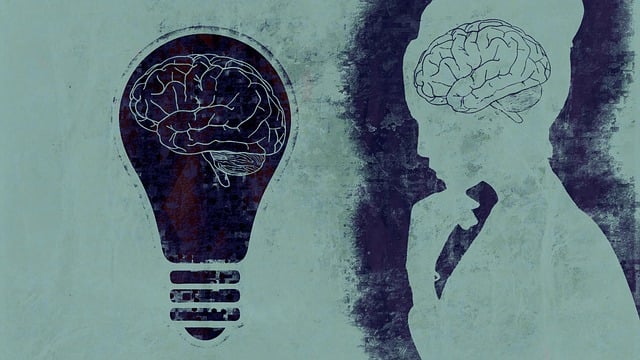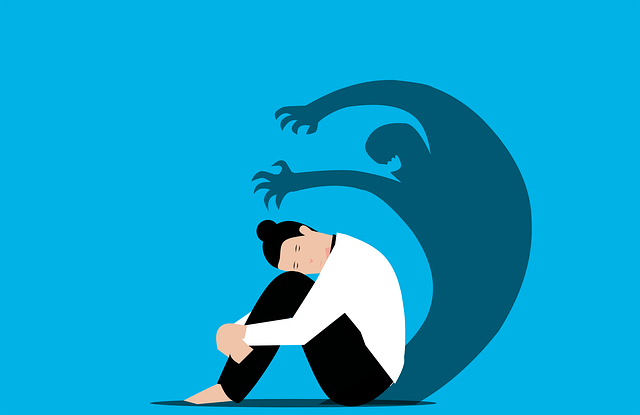Golden Mindfulness Therapy (GMT) is a revolutionary approach to mental wellness, focusing on present-moment awareness and self-compassion through science-backed practices like meditation. By integrating GMT into community outreach, individuals can learn coping skills, reduce stress, and prevent burnout. Effective risk assessment and management are key to GMT's success, allowing therapists to create safe spaces, tailor interventions to individual needs, and empower clients with tools for long-term well-being.
In the realm of therapy, risk assessment is a crucible for ensuring client safety and fostering therapeutic outcomes. This article navigates the essential practices of identifying potential hazards and benefits through understanding risk assessment in therapy. We delve into ‘Golden Mindfulness Therapy’—a harm minimization approach that revolutionizes mental health care. Additionally, we explore effective risk management strategies, emphasizing their role in enhancing client safety and overall well-being. By implementing these tactics, therapists can create a secure environment, enabling profound transformations.
- Understanding Risk Assessment in Therapy: Identifying Potential Hazards and Benefits
- Golden Mindfulness Therapy: A Harm Minimization Approach
- Implementing Effective Risk Management Strategies for Enhanced Client Safety
Understanding Risk Assessment in Therapy: Identifying Potential Hazards and Benefits

Understanding Risk assessment is a cornerstone of effective therapy practices, especially within the context of Golden Mindfulness Therapy. It involves a meticulous process of identifying and evaluating potential risks or hazards that might arise during therapeutic interventions while also recognizing the benefits that can be derived from these challenges. By thoroughly assessing risks, therapists can create a safe and supportive environment for clients to explore their thoughts, emotions, and behaviors.
This process includes considering both immediate dangers and long-term implications. For instance, in Mental Health Awareness, certain coping skills or mindfulness techniques might be suitable for some individuals but could potentially trigger distressing memories or emotions in others. Therefore, therapists must assess each client’s unique history, mental wellness status, and personal growth journey to tailor interventions accordingly. The goal is to facilitate Coping Skills Development while ensuring the highest level of safety and well-being for every participant in Golden Mindfulness Therapy.
Golden Mindfulness Therapy: A Harm Minimization Approach

Golden Mindfulness Therapy offers a unique and powerful approach to harm minimization, focusing on cultivating present-moment awareness and self-compassion. This therapeutic strategy is built upon the understanding that by developing a strong self-care routine, individuals can enhance their mental resilience and overall well-being. The practice encourages people to engage in regular mindfulness exercises, such as meditation and breathing techniques, which have been scientifically proven to reduce stress, improve emotional regulation, and foster a positive outlook.
In today’s fast-paced world, where burnout is prevalent, Golden Mindfulness Therapy serves as a game-changer. It promotes the idea that self-care isn’t a luxury but a necessary component of community outreach programs. By implementing these practices on a wider scale, communities can support individuals in managing stress and preventing burnout, ultimately fostering healthier environments.
Implementing Effective Risk Management Strategies for Enhanced Client Safety

Implementing effective risk management strategies is paramount for mental health services like Golden Mindfulness Therapy to ensure client safety and foster a supportive environment. By integrating robust processes, therapists can proactively identify potential risks and mitigate their impact. This involves regular assessments tailored to each client’s unique needs, allowing for personalized care. Through these evaluations, therapists gain insights into clients’ psychological states, emotional triggers, and previous experiences, enabling them to anticipate and address emerging issues swiftly.
Risk management isn’t just about identifying dangers; it’s also about empowering clients with tools like mindfulness meditation and positive thinking techniques. Teaching clients stress reduction methods can significantly enhance their coping abilities, encouraging them to actively participate in their healing journey. Such proactive measures not only minimize potential harms but also contribute to long-term well-being, ensuring a safer and more effective therapeutic experience for everyone involved, especially within the framework of Golden Mindfulness Therapy.
Risk assessment and harm minimization planning are essential components of any effective therapy practice, particularly in ensuring client safety. By understanding potential hazards and implementing strategies like Golden Mindfulness Therapy, therapists can foster a secure environment. This approach, focused on mindfulness and intentional practices, allows for the successful management of risks while maximizing therapeutic benefits. Through these methods, therapists can enhance their ability to support clients and achieve positive outcomes, making Golden Mindfulness Therapy a valuable tool in modern therapy practices.














